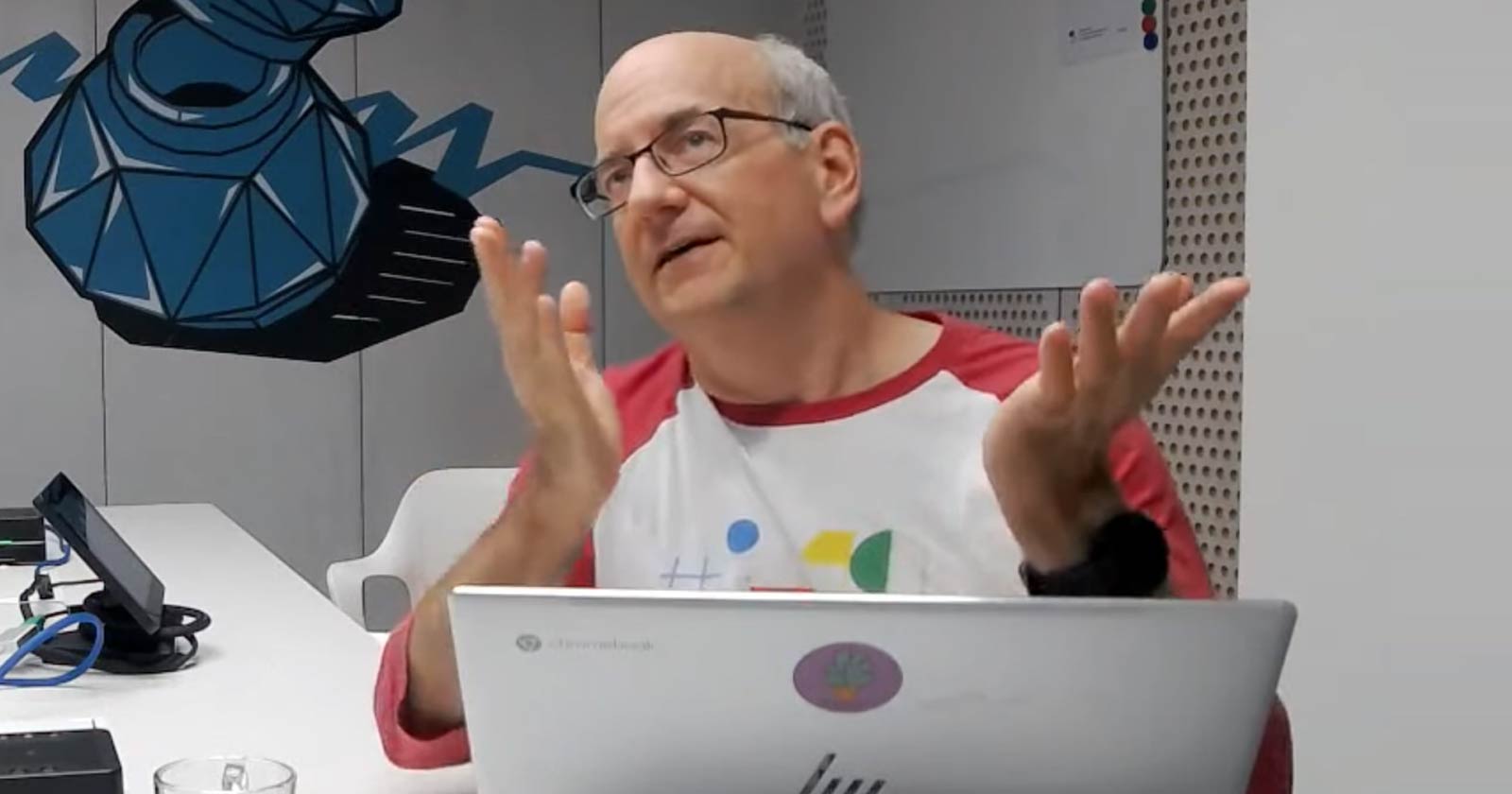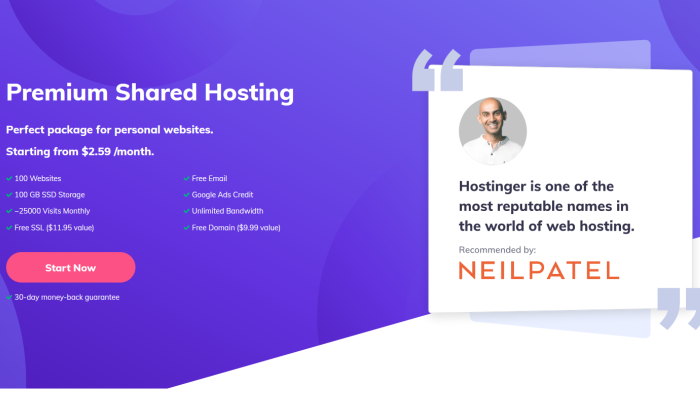Social Media and Reputation Management for Doctors
According to digital marketing research firm Smart Insights, 6 in 10 people globally now use at least one social media platform. Their average daily usage is two-and-a-half hours, meaning that many of us now get our news, financial advice,...

According to digital marketing research firm Smart Insights, 6 in 10 people globally now use at least one social media platform. Their average daily usage is two-and-a-half hours, meaning that many of us now get our news, financial advice, and career guidance from social media.
With the cost of healthcare rising even faster than inflation, people are turning to Facebook, Instagram, and even TikTok to help manage their health. For doctors looking to capitalize on this, there are several factors to keep in mind as to how they manage their social media presence and reputation online.
Being Present
Decades ago, it was unheard of for a hospital or medical practice to advertise. Last year, however, the healthcare advertising market exceeded $21 billion, and it is forecasted to climb even higher over the next five years.
Many of these dollars will go towards advertising on social media for two major reasons: one, it is highly targeted; and two, social media offers an interactivity that mirrors the doctor-patient relationship. Any medical practice without an active social media presence will be at a serious competitive disadvantage in the coming years.
What to Say (and What Not to)
While doctors can (and should) be thought leaders, they are somewhat limited by the ethical parameters of their profession. Top among these is their patients’ right to privacy. Doctors are prohibited from discussing a patient’s treatment or history with others, even in generalities. Confidentiality is a right so fundamental that the Hippocratic Oath refers to patient data as “holy secrets,” and this rings true on social media as well.
When it comes to physicians sharing content from their personal lives, the strategy becomes more complicated. For example, Instagram’s most popular physician, Dr. Mike Varshavski, boasts 4.4 million followers who are more likely to see photos of his physique or his dog than an endorsement of any single drug or wellness trend. He gives off the persona of an influencer who also just happens to be a medical doctor. Others have focused on overall wellness rather than medicine, such as Dr. Mark Hyman who often shares general advice on diet, exercise, and longevity with his 2.2 million followers, but also steers clear of anything patient or procedure-specific.
Doctors on social media should not mix business with pleasure. If your account is solely for personal use, don’t mix in medical content. Likewise, if your account is for your practice or to establish yourself as a leader in your medical field, keep the content professional and focused on your niche.
Business Casual for MDs
As with other disciplines, practicing medicine on social media implies a balancing act between professionalism and celebrity. One of the first choices is whether to present oneself as a virtual friend or as an authority. Even if a doctor succeeds in striking the right balance between promoting themselves and their craft — or simply promoting a healthy dialogue — they must immediately consider the flood of comments and direct messages that will follow a popular post. They must also consider the possibility of disgruntled former patients becoming online “trolls,” a fact of virtual life that has already resulted in litigation.
Just as Twitter and Facebook strive to take down harmful content, a medical influencer must grapple with, for example, comments not attributed to them, but ones still posted by others on their account’s content which might contain misleading or harmful information. They must also make it clear if a product they recommend, such as a pharmaceutical or workout regimen, has paid them for the shout-out.
Damage Control
As the saying goes, it takes a lifetime to build a reputation and less than a minute to destroy it. When a Michigan family physician named Jeffrey VanWingen decided to post some grocery cleaning tips on YouTube during the early days of the pandemic, he had no idea that his homemade D-I-Y video would be viewed more than 25 million times — or that it would create a firestorm. Some viewers immediately pointed out that tips, like washing vegetables with soap, were questionable, while others accused him of scare-mongering. What VanWingen quickly learned is that while there is an “edit” button available for posts on some social media, this isn’t the case with peoples’ memories or screenshots; you can either take down the offending video and apologize for your mistake, or double-down and stand by it.
Damage control is a critical piece of a social media strategy, yet most influencers don’t tend to consider this when posting. Doctors may consider themselves to be the experts, but a single misguided or misconstrued post can irreparably harm an entire practice in moments. Always carefully review any content that goes out on behalf of your account, regardless of who is physically creating and sharing it. Any consequences will fall on your shoulders.

 Tekef
Tekef 








![7 Ad Copy Tests To Boost PPC Performance [With Examples] via @sejournal, @jonleeclark](https://cdn.searchenginejournal.com/wp-content/uploads/2022/01/ad-copy-tests-62398a4d7d97d-sej.png)






















